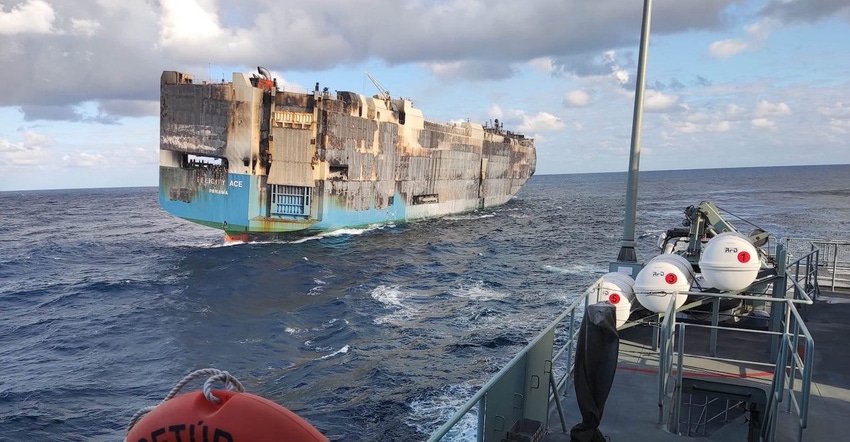Electric vehicle (EV) batteries differ from appliances and consumer electronics. As such, they need dedicated testing methods.
March 31, 2022

The UL 94 flame-retardance standard was developed by the then Underwriters Laboratories in the 1960s to address insurers’ concerns regarding fire hazards of cathode ray tube (CRT) televisions. To this day, it is a commonly applied parameter for the combustibility of plastic materials, despite such TVs being no longer in widespread use.
Addressing advances in the electrical appliance industry, the International Electrical Commission (IEC) introduced the glow wire test standard (IEC 60335) in 2001 to evaluate a material’s resistance to ignition, ability to self-extinguish flames (should ignition occur), and ability not to spread or propagate fire via dripping. This standard is more attuned to the functionalities of present-day appliances.
In the transportation sector, the pan-European EN 45545 standard for fire protection on railway vehicles was introduced in 2013. After an onerous two decades of standardization work, it introduced regulations governing material safety in real-life situations such as subway vehicles and high-speed trains.
The recent fire and sinking of the Felicity Ace car carrier off the shore of Portugal with 3,965 Volkswagen, Porsche, Audi, and Lamborghini US-bound vehicles on board brought the potential hazards of electric vehicle (EV) batteries into the spotlight. Some industry stakeholders believe it is high time to develop standards that specifically address fire hazards in EVs. Bear in mind, though, that gasoline-powered vehicles, which commonly store gas in a polyethylene tank, are reportedly 60 times more likely to catch fire than EVs, but when you combine gasoline and electric in a hybrid car, the risk factor is multiplied 200-fold versus EVs.
One proponent of developing standards that better address battery fire suppression in EVs and hybrid EVs is Mike Hale, Global Plastics Technology Director at materials supplier Trinseo, who says that conventional flame-retardance standards do not apply to EV batteries. “Battery fires are slow burning but at higher energy, so predicting a short circuit [using the UL 94 standard] and what happens after is irrelevant. You need to actually understand what is going on in the application, rather than just taking a standard off the shelf [and applying it to a situation] for which it is not designed.”
Hale views the rail-specific EN 45545 standard as a template for what could be accomplished for EVs, but he does note that by the time the standard came into effect, it was already outdated, as it took 20 years for all EU countries to come to an agreement. “EN 45545 has different requirements depending on whether the material is close to the drive motor, or whether it is seat cladding or roofing components, for example, and it also addresses smoke toxicity,” he says. “Translated to an EV environment, you can see how different standards make sense for a charging station in your garage versus one outdoors.”
The urgency to develop EV-specific fire-safety standards is compounded by the fact that as EVs become mainstream, automakers will come under pressure to reduce vehicle costs, necessitating replacement of metal battery enclosures by more cost-effective plastic solutions, bringing design freedom and range anxiety-relieving light weight to boot. Further, “appropriate testing standards are all the more important so that systems are not overengineered, or indeed under-engineered, which may result in selection of the wrong material.”
Trinseo sees a natural fit for its polycarbonate/acrylonitrile-butadiene-styrene (PC/ABS) engineering plastics in the EV segment when combined with various non-brominated and non-chlorinated flame-retardant systems. “From the perspective of supply security, nobody wants to risk adopting a unique [flame-retardant] solution, so dialogue at the industry level is critical to ensure we are coming up with the right solutions for the final applications at hand.”
About the Author(s)
You May Also Like




